Stosh
TPF Noob!
- Joined
- Jul 18, 2009
- Messages
- 203
- Reaction score
- 0
- Location
- Lancaster, PA
- Can others edit my Photos
- Photos OK to edit
I am very familiar with what RAW format is in general terms - simply exactly what the CCD or CMOS recorded which is higher in dynamic range than the processed final picture file. My question is more specific as to how the camera's own processed picture is made from the RAW.
Is the (on board) processed image always "centered" in the dynamic range of the RAW image? In other words will I always have latitude in adjusting *my* processed images both lighter and darker? Or does the on board image processing chip decide where in the dynamic range to make the final image based on its analysis?
The reason I'm asking is because when I take a pic and then review it on the on board LCD, let's say it's one of those difficult backlit objects where you have some underexposed areas in the foreground, yet the sky has some washed out highlights too. I'm assuming the LCD is displaying a "processed" image and not a RAW one. How do I know if RAW recorded a wide enough dynamic range to get my own nice processed shot?
Is the (on board) processed image always "centered" in the dynamic range of the RAW image? In other words will I always have latitude in adjusting *my* processed images both lighter and darker? Or does the on board image processing chip decide where in the dynamic range to make the final image based on its analysis?
The reason I'm asking is because when I take a pic and then review it on the on board LCD, let's say it's one of those difficult backlit objects where you have some underexposed areas in the foreground, yet the sky has some washed out highlights too. I'm assuming the LCD is displaying a "processed" image and not a RAW one. How do I know if RAW recorded a wide enough dynamic range to get my own nice processed shot?



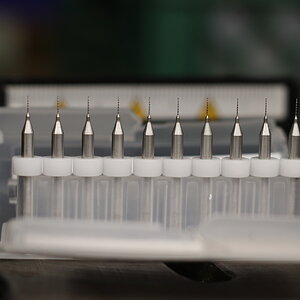
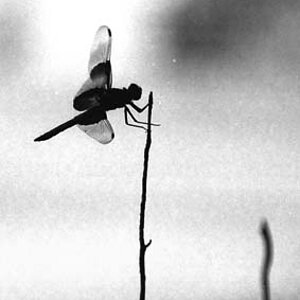
![[No title]](/data/xfmg/thumbnail/36/36303-10b1a386a9a00cf90fb7605d2d2c48c1.jpg?1619737497)
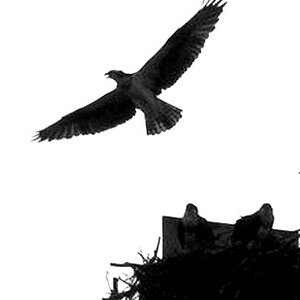
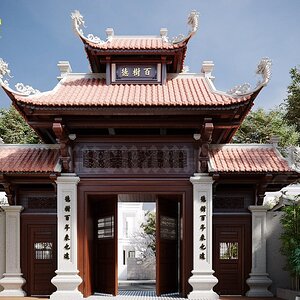
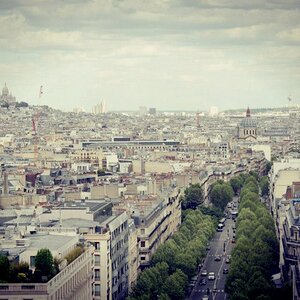
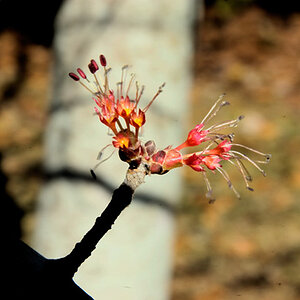
![[No title]](/data/xfmg/thumbnail/30/30874-7f3345ba7c76a7c5fa2570559598531b.jpg?1619734491)

![[No title]](/data/xfmg/thumbnail/31/31750-f3936d67895e1ef2756eb06d7b15fe9c.jpg?1619734990)
![[No title]](/data/xfmg/thumbnail/30/30870-c7febc7c14dc6447653c2ae2355ffc61.jpg?1619734488)
